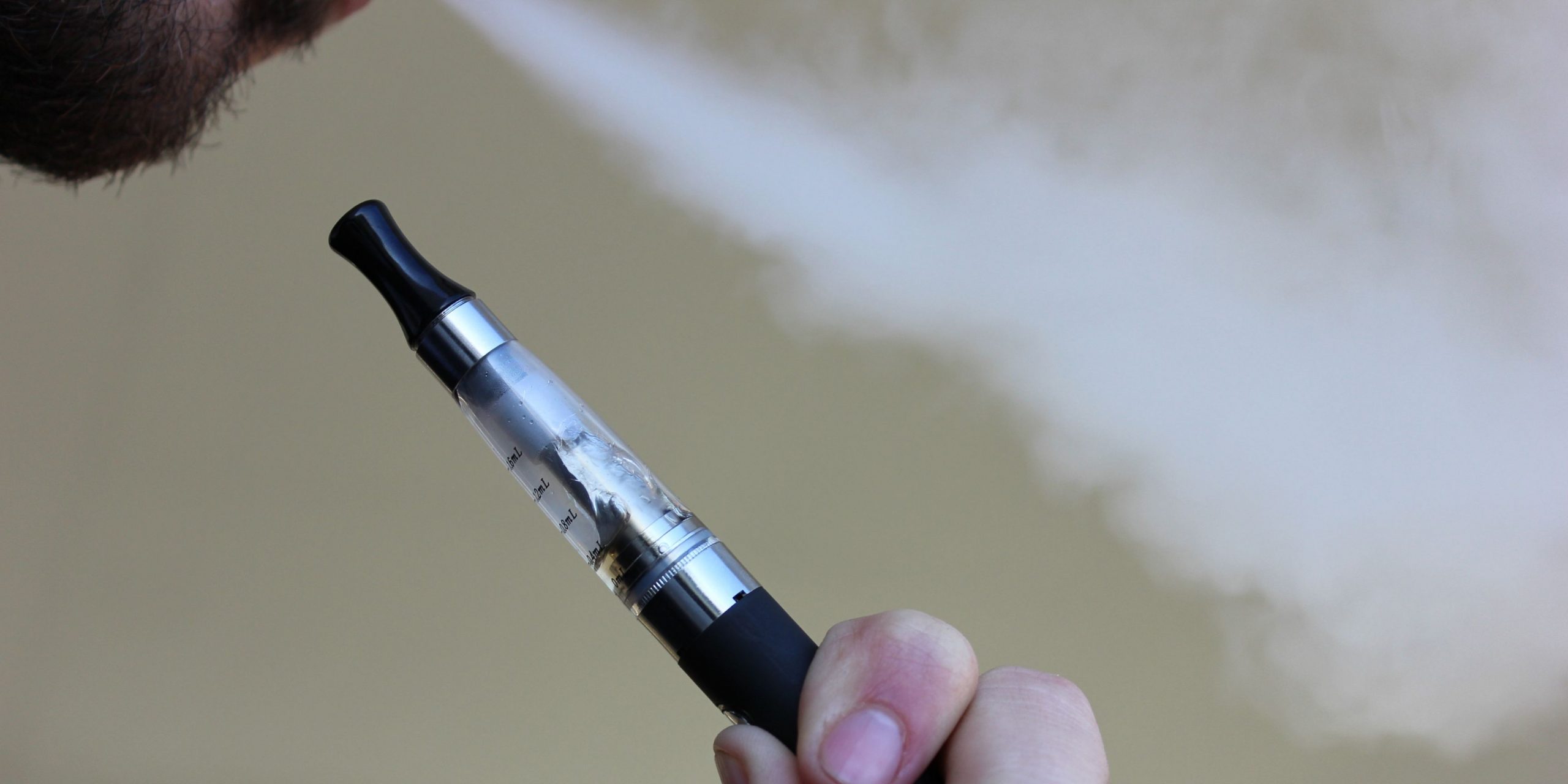Protecting the health and safety of students is crucial for schools. With the rise in vaping among students, traditional tobacco use has declined, but new challenges have emerged. About 2.8 million U.S. students vape, presenting a hidden risk due to vape smoke’s discrete nature. Schools are responding by integrating vape detectors into their security measures.
How School Vape Detectors Operate
School vape detectors identify vape-related chemicals and particulates. When levels spike, they trigger alarms and notify administrators. Featuring particulate and gas sensors, these detectors can also identify THC, nicotine, and environmental changes, aiding in swift incident response.
Smart Vape Detection for Schools
- Detects various substances including vape, smoke, and chemicals
- Sends instant alerts for quick action
- Integrates with current security setups
- Ensures privacy in sensitive areas like bathrooms
Advantages of Vape Sensors in Schools
Beyond detecting vaping incidents, vape sensors offer broader benefits:
- Air Quality Monitoring: They assess air quality, detecting hazards like carbon monoxide and volatile organic compounds (VOCs), thus maintaining a healthy environment.
- Student Health: By reducing exposure to harmful substances, these detectors support student well-being and discourage nicotine addiction.
- Academic Performance: Addressing vaping can improve student focus and reduce absenteeism, contributing to better academic outcomes.
Addressing Vaping Challenges
With a significant portion of students vaping, schools face health, academic, and legal challenges. Vape detectors act as deterrents, supporting compliance and focusing on students’ well-being.
Integrating Vape Detectors
Integrating vape detectors with existing systems enhances their effectiveness. IoT sensors and security cameras can provide comprehensive monitoring and evidence collection, offering a holistic security approach.
Funding for Vape Detectors
Grants and funds are available to support schools in implementing vape detection solutions, including SAMHSA grants and ESSER funds, with specific programs available in states like Idaho, Wisconsin, and California.
For assistance in identifying and applying for grants suitable for vape detection systems, it is recommended to consult with your Maxxess regional sales manager. These professionals are well-versed in the array of available funding opportunities and can provide essential guidance throughout the application process. Their expertise is crucial in securing the necessary funding to implement vape detection solutions effectively, thereby enhancing the health and safety of your school environment.
Conclusion
The rise of vaping demands a proactive approach to protect school communities. By deploying vape detectors, schools can ensure a safer environment, supporting both student health and academic success.

